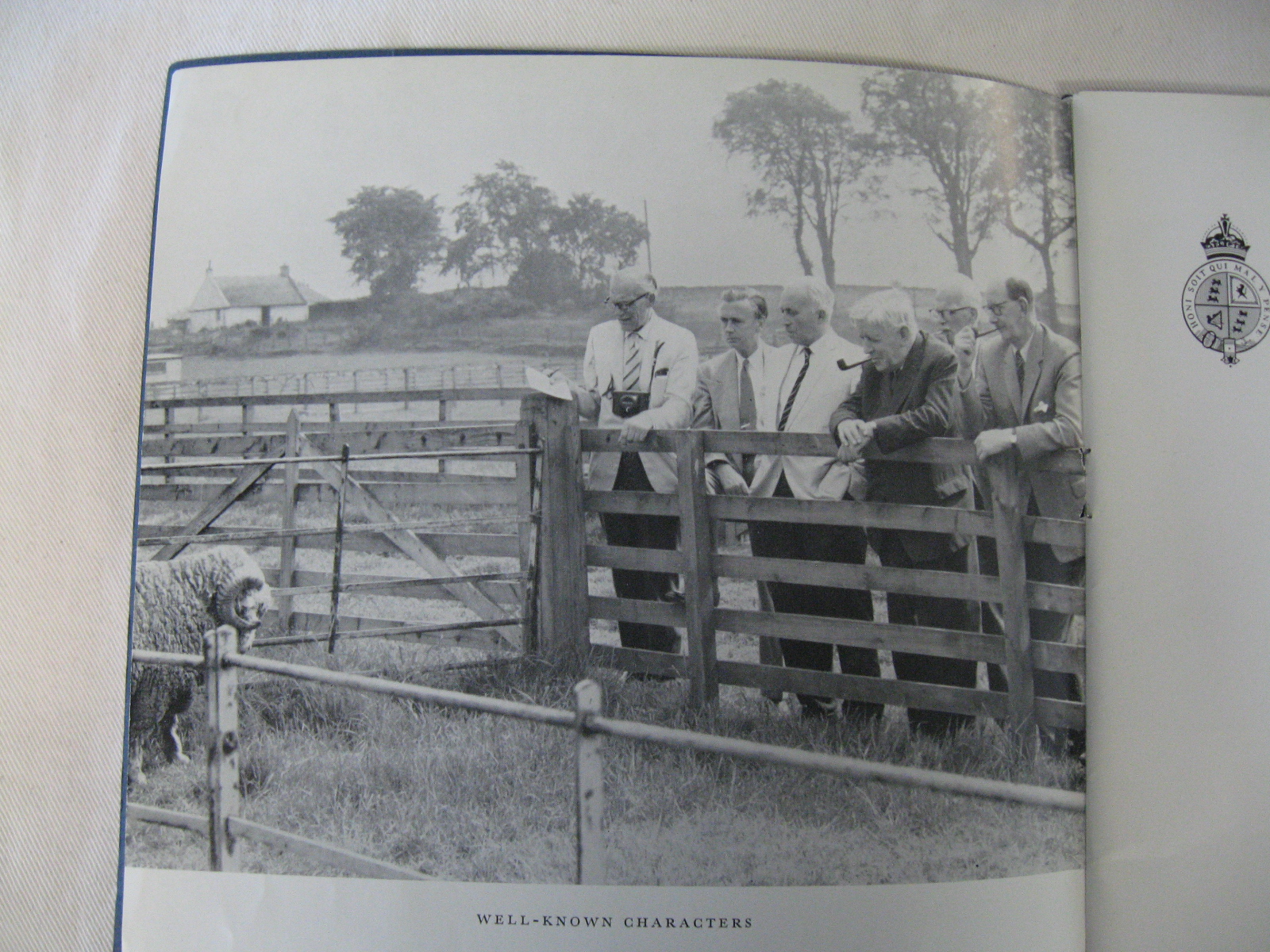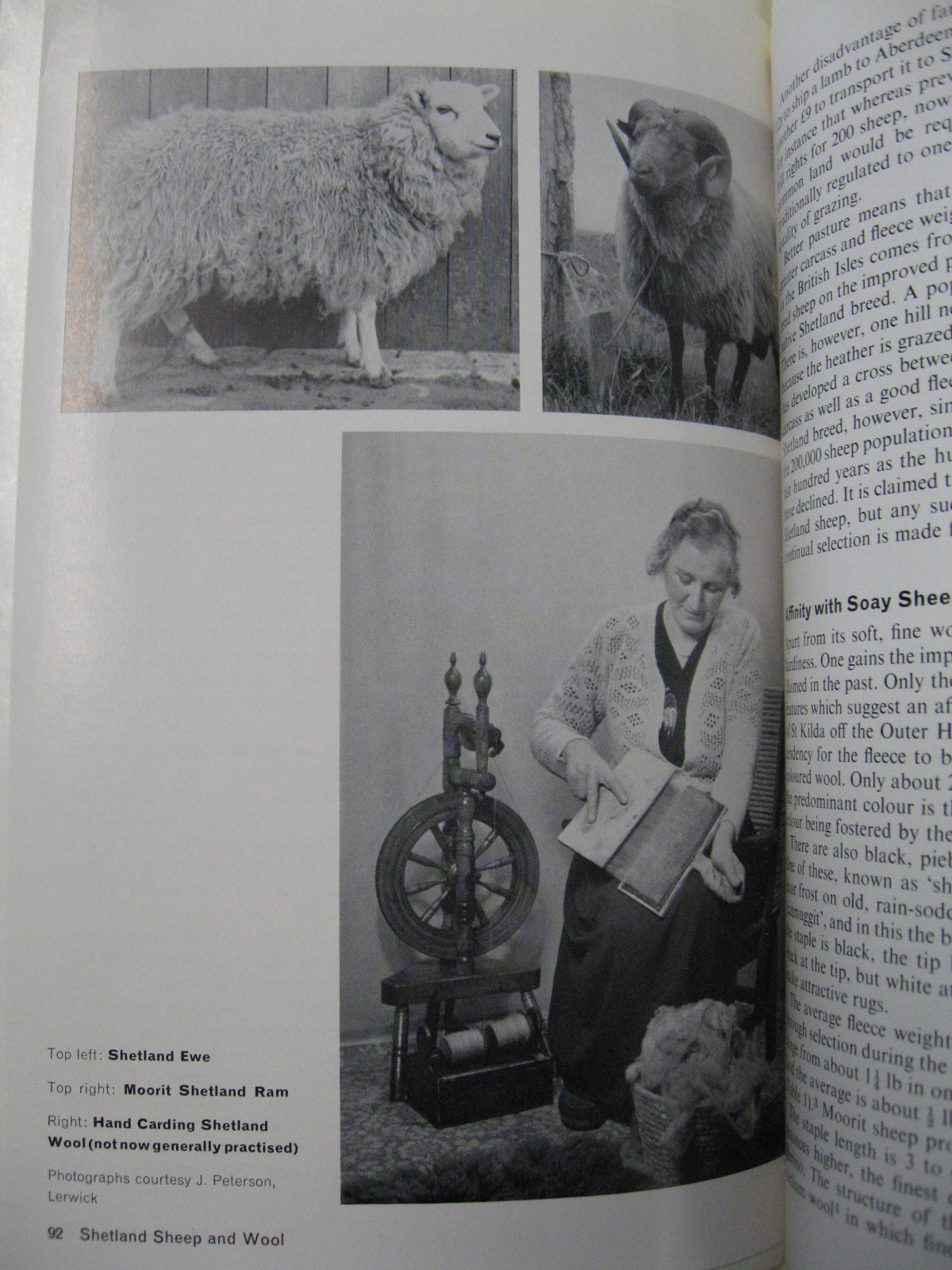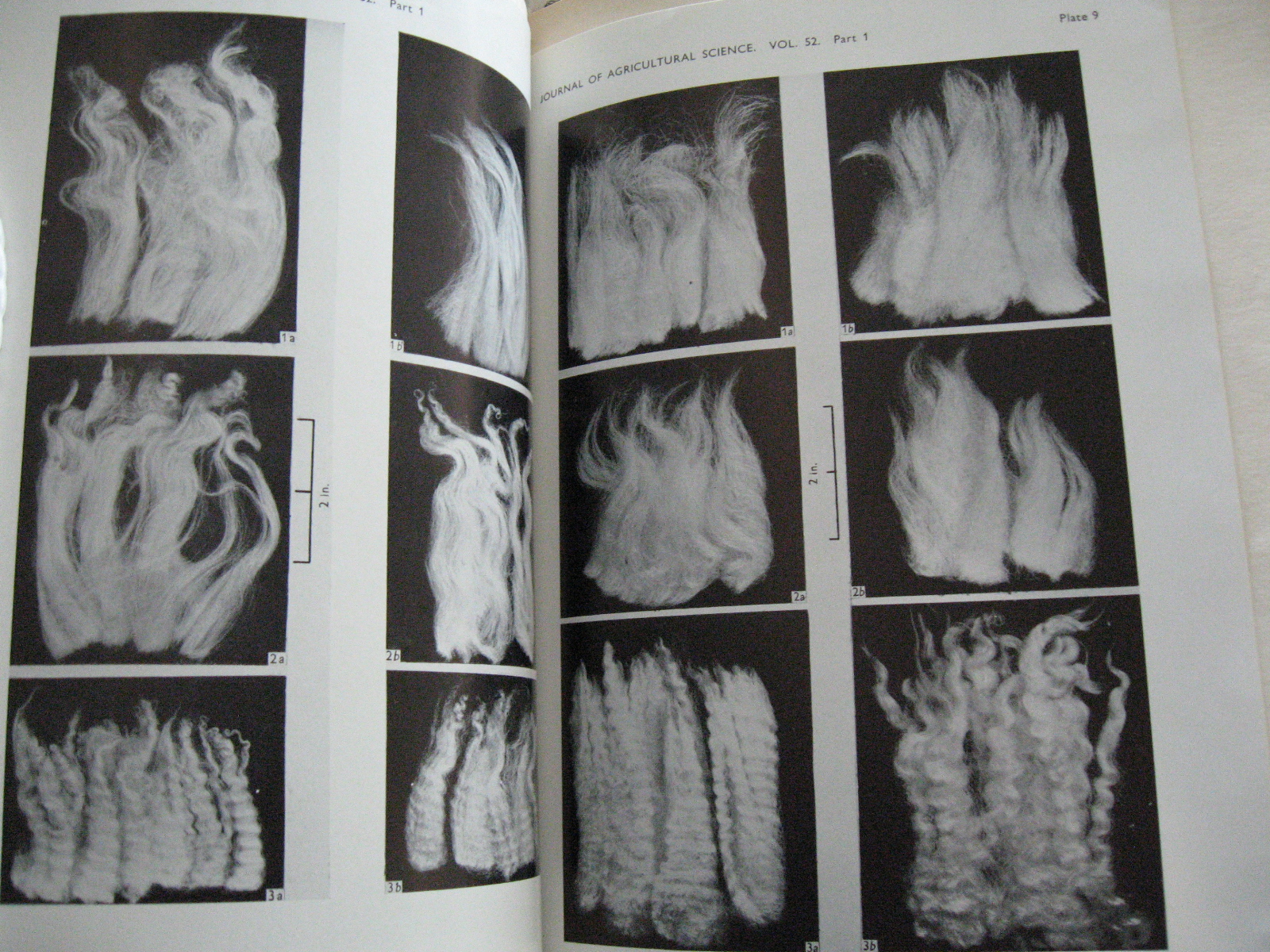While the Institute of Animal Genetics originated in the early 1900s, the Agricultural Research Council formed the National Animal Breeding and Genetics Research Organisation (NABGRO) in 1945 which housed the Institute directed by Conrad Hal Waddington. In 1946, it was renamed the Animal Breeding and Genetics Research Organisation (ABGRO) and was co-directed by Waddington (animal genetics) and Hugh P. Donald (animal breeding). Then, in 1951, Donald was appointed Director of the renamed Animal Breeding Research Organisation (ABRO). This happened when the Agricultural Research Council decided that there was a need to fund research in the area of genetic livestock improvement and so two organisations were established at the University of Edinburgh both undertaking theoretical and experimental research in quantitative genetics relevant to livestock improvement.
ABRO’s re search activities involved a combination of laboratory and field work and covered various areas from ‘breeding mice for milk production, learning by immunological and biochemical methods what “blood will tell”, and climatological studies on sheep.’ It was also very involved in researching female reproduction since that is one of the main focuses for exploitation by the livestock industry. So, a great deal of research was conducted on the ‘behaviour of mammalian eggs, on the transfer of antibodies between dam and foetus, or on birth weights and survival ‘, other aspects of maternal performance; twinning in cattle, sheep and humans, in the structure of breeding populations and in the relations between individual and progeny performance shown by a range of different animals. In addition to their research in animal genetics and livestock improvement, the scientists at ABRO were extremely knowledgeable in various aspects of practical farming and animal breeding.
search activities involved a combination of laboratory and field work and covered various areas from ‘breeding mice for milk production, learning by immunological and biochemical methods what “blood will tell”, and climatological studies on sheep.’ It was also very involved in researching female reproduction since that is one of the main focuses for exploitation by the livestock industry. So, a great deal of research was conducted on the ‘behaviour of mammalian eggs, on the transfer of antibodies between dam and foetus, or on birth weights and survival ‘, other aspects of maternal performance; twinning in cattle, sheep and humans, in the structure of breeding populations and in the relations between individual and progeny performance shown by a range of different animals. In addition to their research in animal genetics and livestock improvement, the scientists at ABRO were extremely knowledgeable in various aspects of practical farming and animal breeding.
Here’s a lovely photograph from 1968 of some of the ABRO scientists with one of their sheep!  Unfortunately no one in the photograph was identified, so if anyone knows who any of them are (even the sheep), please post a reply!
Unfortunately no one in the photograph was identified, so if anyone knows who any of them are (even the sheep), please post a reply!





